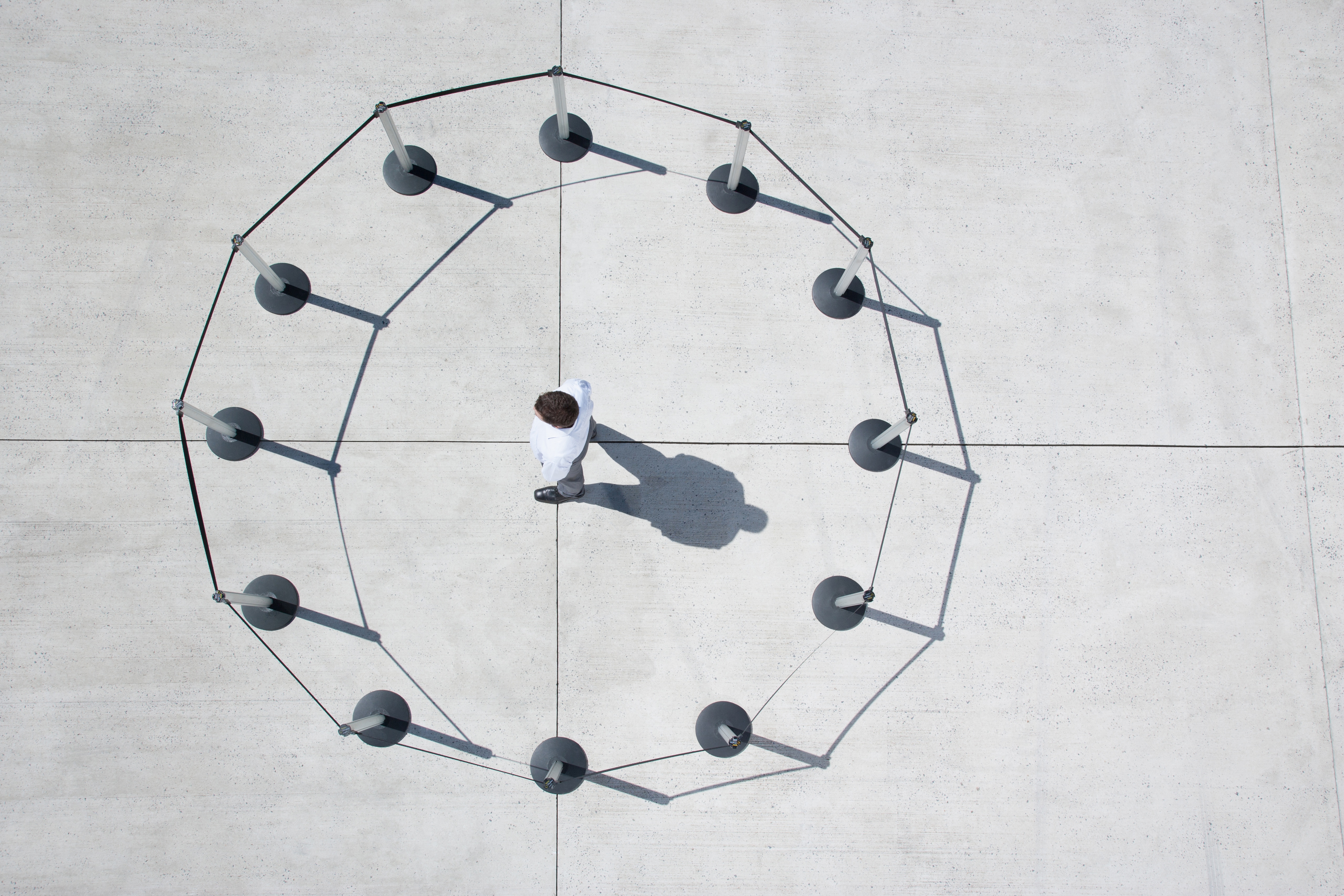
On Tuesday, March 10, my 97-year-old father, Nat Krotinger, was discharged from his third hospitalization in four months with a diagnosis of chronic heart failure and COPD; he started home hospice under the primary care of his long-time live-in aide. His medical team didn’t see the point of additional hospitalizations, and moved in oxygen and other equipment to his home.
We thought he would be with us for months, eating his beloved twice-daily turkey sandwiches. He was fairly responsive and aware, although getting more confused about the date and his location. That same day, CA Governor Gavin Newsom announced 24 new cases of COVID-19 for a total of 157 confirmed cases in the state.
One week later, March 17, his breathing got worse, and he laid in the hospital bed in his bedroom, the sunlight whispering in through the faded sunflower curtains purchased in the 70s. He was having trouble breathing, so the hospice staff recommend more nebulizer treatments with albuterol to open up his lungs and started giving him low doses of morphine. On that day, Los Angeles County reported 50 new cases of COVID-19, bringing our total to 144.
Then, on Shabbat morning, March 21, the long-time aide called me at 7:15 am to say my Dad had passed, quietly, quickly, without so much as a cough or a sigh. By then the number of cases in Los Angeles County had increased to 351. Statewide rules to Stay-At-Home had gone into effect. The mortuary team at Malinow and Silverman came in full hazmat suits to get him, as a precaution for themselves, and for us. They told us to stay at least 8 feet away from them.
The coronavirus permeated every single aspect of his burial and shivah, even though he did not die from it. We were limited to 10 people at the burial, done graveside by Rabbi Mark Goldfarb under a tent, with the chairs spaced out, and the only attendees were me and my sister’s nuclear families, plus our niece’s sweet fiance and the long-time caregiver. We were afraid to hug. At times, it seemed we were back in history, living far away from others, and taking on the mitzvah of burying DIY the patriarch of our family.
The usual shivah services in the home were ruled out. To say Kaddish during shivah, I turned to our shul, Temple Beth Am and their afternoon Zoom prayer services, which included time at the end for mourners to say Kaddish, but with everyone’s mic turned off to prevent cacophony.
When my mom died 14 years ago, I found the informal shivah visits at home during the day even more meaningful than saying the actual Kaddish prayer so to recreate that experience in a time of physical distancing, I turned to my personal Zoom room, Friends, family and shul members were invited to “visit” each day during set hours, never sure whose faces would appear each session.
There were friends from my high school youth group, graduate school at HUC/USC, former work colleagues, Temple Beth Am, and many other touchpoints of my life. It was especially nice to have my sister, Eve Panush, jump on from Sacramento, along with my sister in law in New Jersey as well as Israeli friends. In the usual shiva calls at home, there’s no way they all could have been together at the same time, yet thanks to Zoom, we were all there.
Jewish tradition dictates that when a mourner finishes shivah, he/she, should “get up” and walk around the block, moving from the private domain into the public. We asked a few nearby friends to come over, all spaced out more than 8 feet from each other; I spoke briefly about my Dad, and then we walked around the block, everyone trailing far behind or on the other side of the street, while also using Zoom to connect with family further away.
I learned that although there’s no real substitute for hugs over rugelach and lukewarm tea, the virtual expressions of love and caring were still very real and comforting. May his memory be a blessing.
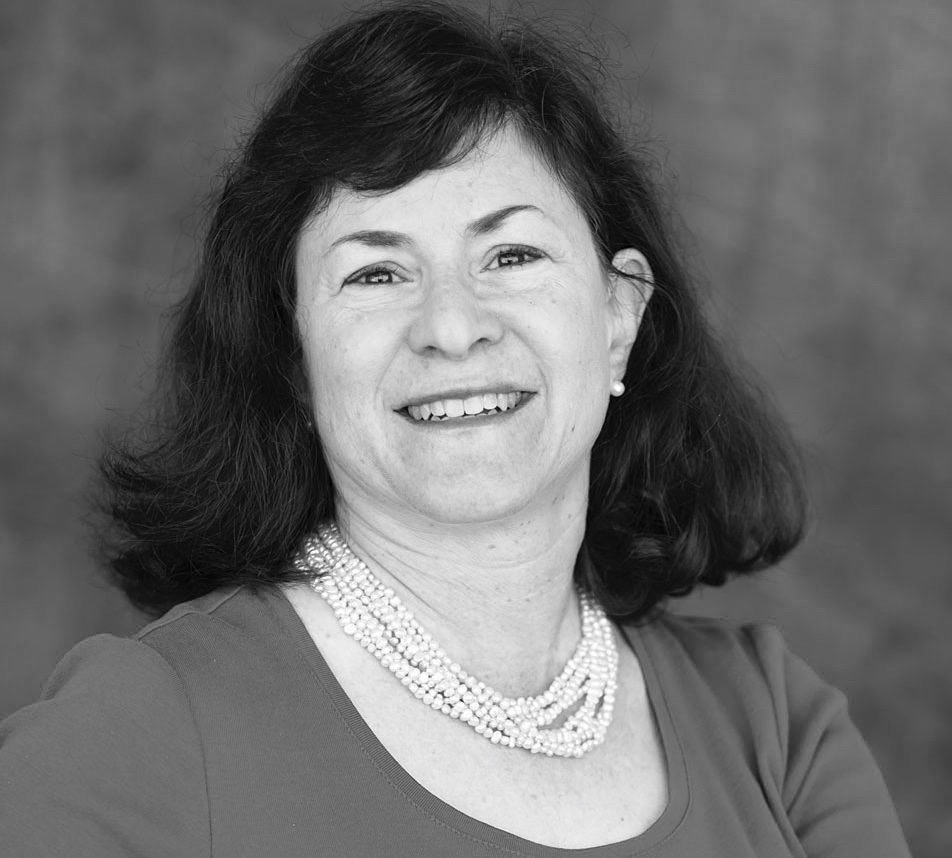







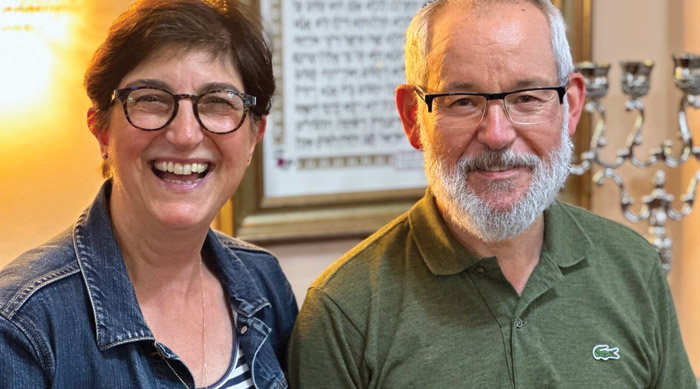
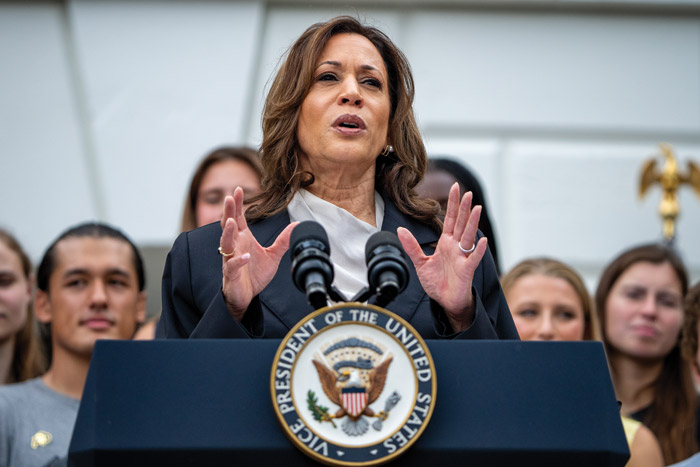
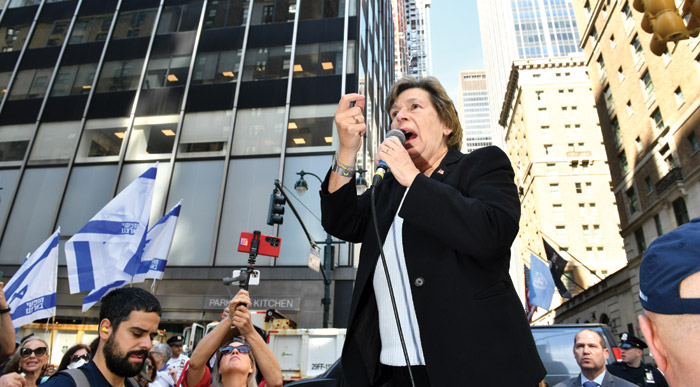
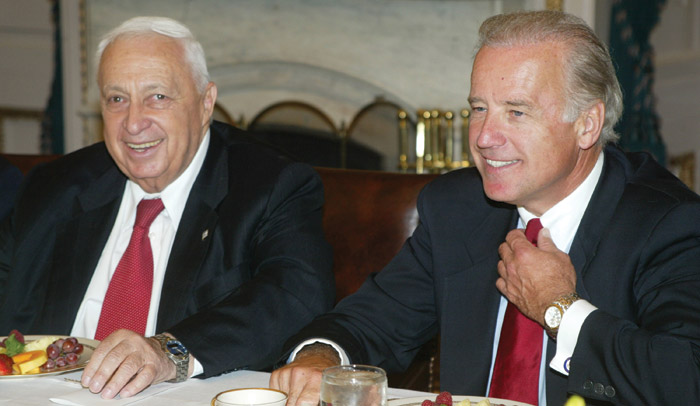
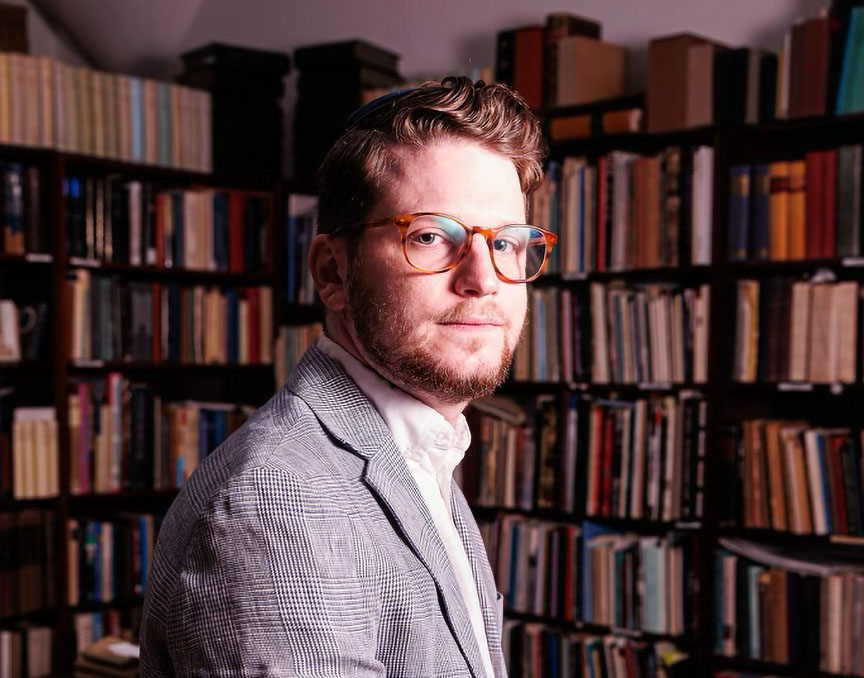
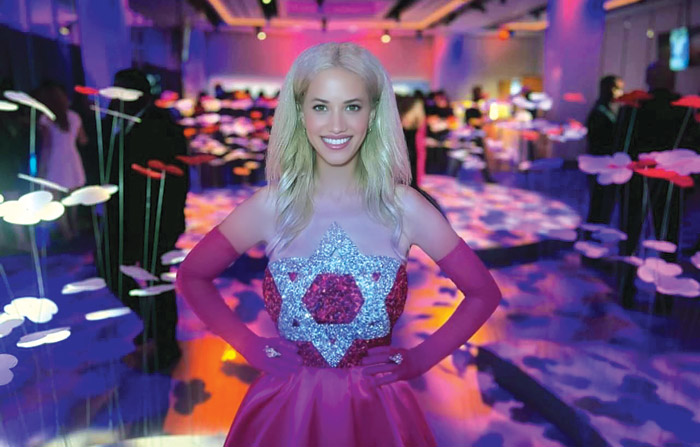
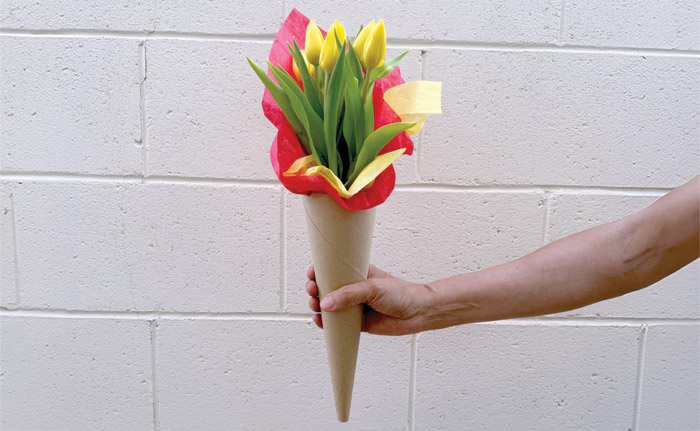

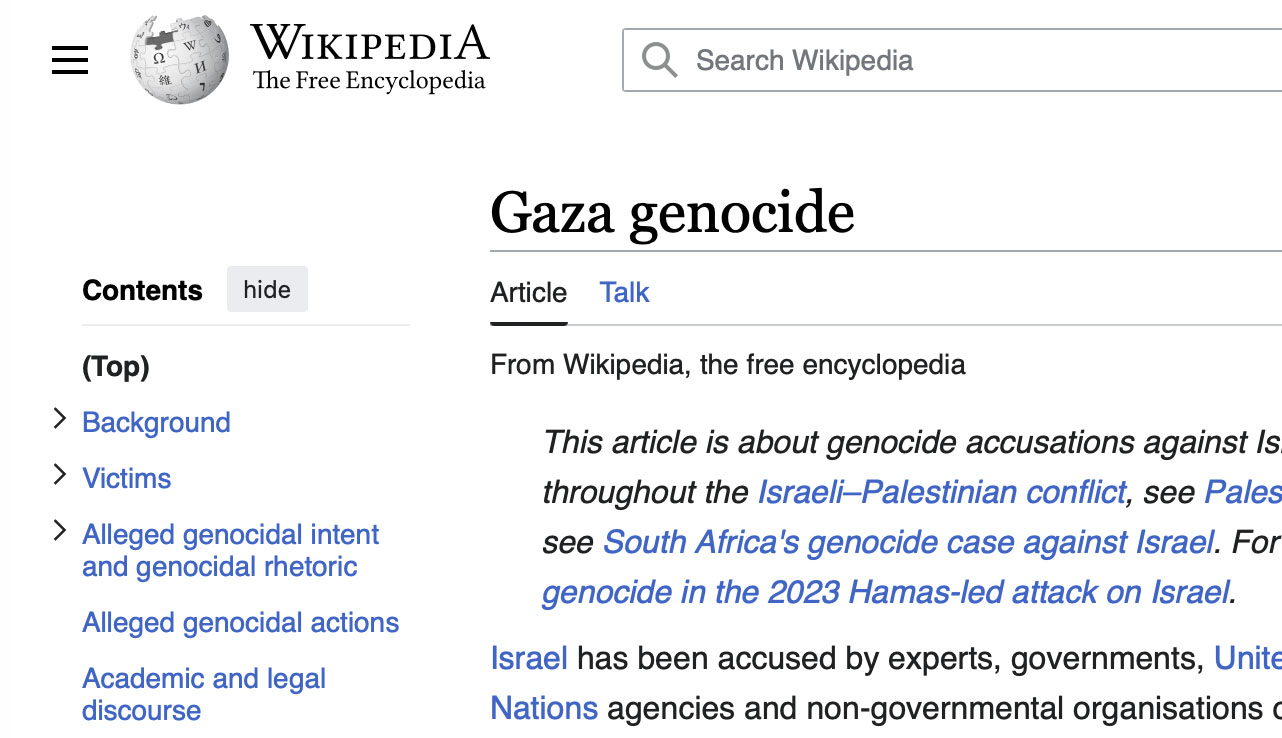



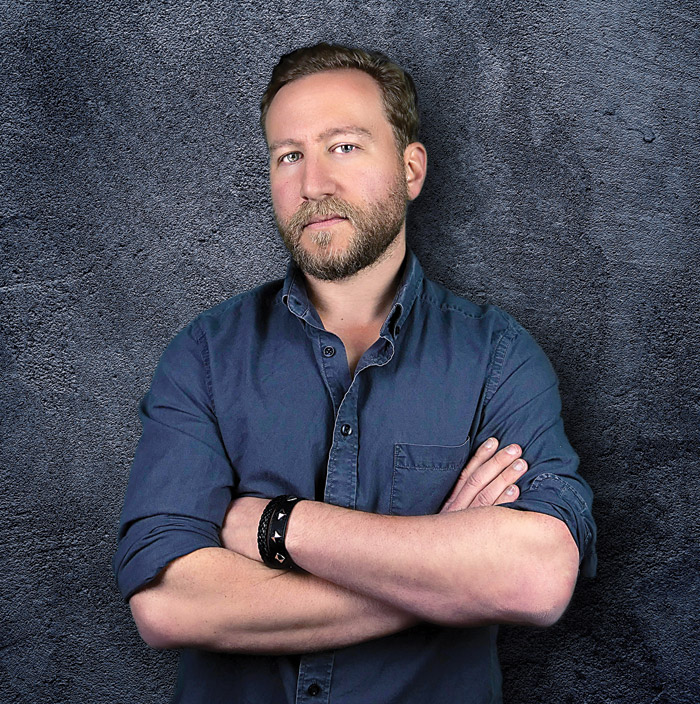
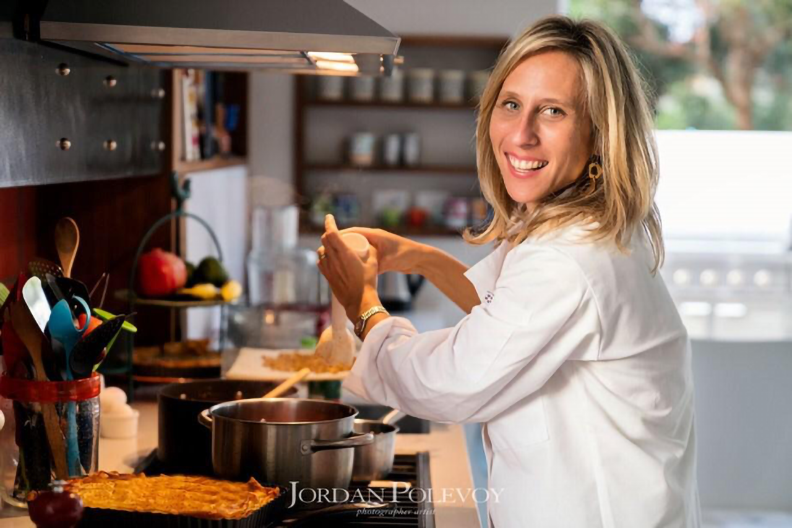
 More news and opinions than at a Shabbat dinner, right in your inbox.
More news and opinions than at a Shabbat dinner, right in your inbox.